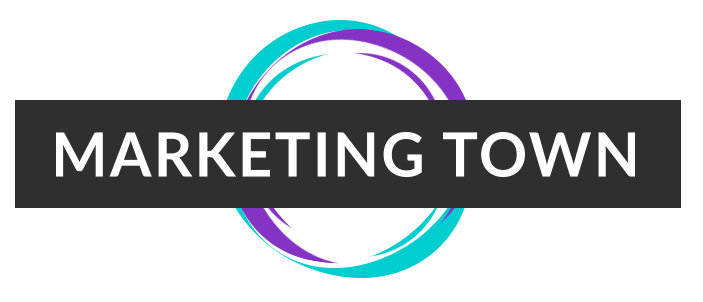At a time when digital marketers have more on their plates than arguably ever before: battling fraud and transparency issues and bedding in new regulations and the rising cost of technology, affiliate marketing is enjoying something of a renaissance.
Data shows that the channel is growing fast year-on-year, particularly on smartphones, and its low barriers to entry make it ideal for start-ups and small and medium enterprises (SMEs) looking to grow.
However, many brands and publishers are failing to update their strategies to make the most of opportunities in the affiliate space – trends and changes that could help drive even more return on investment – or fully address challenges such as a reliance on third-party cookies that threaten to stymie their success.
In the UK alone, affiliate marketing spend grew 15.1% from £482 million to £554 million in 2017, according to the IAB’s most recent figures, generating sales of £8.9 billion, up 9.2% year-on-year, amounting to an ROI of £16 for every pound spent. Worldwide, an estimated 80% of brands use affiliate marketing to a greater or lesser degree.
And affiliate spend on smartphones grew 49% year-on-year to account for 23% of overall spend in 2017 – there’s a strong case to argue that that figure fails to fully reflect the way consumers search and shop today.
Why it works for small and big brands alike, for local and global success
SMEs are increasingly attracted to the channel because they only need to pay for results; it offers the opportunity for them to increase revenue effectively and inexpensively while also building awareness and loyalty.
Because they suffer in comparison to established brands in generating traffic and leads, affiliate marketing affords them a low-risk way to drive incremental sales – as it does also, of course, to their bigger brand rivals.
Those wanting to break into new markets abroad should also look to affiliate programmes as a way of gaining traction, fast. Here, a word of caution: what works in one market might not fare so well in another. Is your brand guilty of rolling out a generic, international programme? If so, you’re likely missing out on valuable returns.
Campaigns can and should be tailored to each market’s unique characteristics: consumers in one country might prefer converting via voucher codes, while shoppers in another would rather see detailed feature comparisons.
Localised partnerships, content, and incentives will maximise sales and also build long-term relationships with consumers.
What’s holding back a bigger mobile revolution?
Mobile is another big, and growing, part of the affiliate mix – though are brands embracing this most personal of devices fast enough? Mobile internet use globally surpassed that of desktop globally for the first time in 2015, though the IAB’s figures show that that year in the UK, mobile accounted for just 14% of overall affiliate budgets.
At the last count it was still under a quarter (23%), despite m-commerce sales growing rapidly. According to the latest Global Payment Trends report from Worldpay, the market is expected to be worth some $314.5 billion (£243.7 billion) in the UK by 2022, a rise of 55% on 2018.
Brands and publishers talk about being “mobile first” when designing websites and ads but not when designing affiliate marketing campaigns, often deeming it a secondary channel to their cost. This is, after all, messaging that reaches a customer in purchase mode. Failing to ensure that all aspects of a campaign are optimised for mobile creates a frustrating consumer experience and risks losing that potential customer to a competitor.
As mobile conversions continue to increase, brands should take note of tracking technology advancements to get the full picture of their marketing efforts – and that means getting serious about cookies.
Moving away from third-party cookies – still the industry’s biggest habit – gives a company more control, more data and more opportunities while reducing the ability for others to make money from its data.
Taking back control of the data chain is also crucial for compliance. The EU’s General Data Protection Regulation (GDPR) has already set some standards and the incoming ePrivacy rules will bring more. Does each party in your relationships have the appropriate consents and disclosures covering the collection, tracking and processing of personal customer data?
Inside the growing influence of influencers
Another growing opportunity is that of influencer affiliate marketing, yet many brands are lagging behind or have only dabbled in it without success, failing to realise that an impactful campaign here differs from traditional methods.
Influencers have the power to be a mainstream component of affiliate campaigns but this does require a step-change in thinking and embracing different techniques. Ask yourself: do influencers, their content and their followers mirror your brand values? Is their following both genuine and engaged?
Content has been growing in importance for brands and publishers in the affiliate space but consider that social requires different forms of original content from your influencer channel in order to stand out, be that on YouTube, Facebook, Instagram, Twitter or Pinterest.
But it’s not just about creating bespoke programmes and tailoring content to suit each social media platform. Brands can actually measure the true effect of influencer marketing campaigns through tracked links and conversion pixels – therefore solving one of the biggest challenges facing marketers right now, proving ROI.
Affiliate marketing’s results-based appeal means we can expect to see continued growth, but without tackling some of its idiosyncrasies and putting time and effort into creating bespoke programmes do we risk undervaluing this incredibly powerful route to the consumer?


